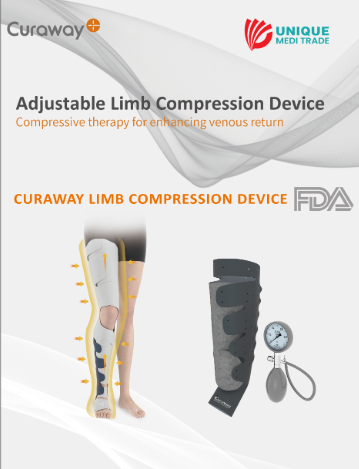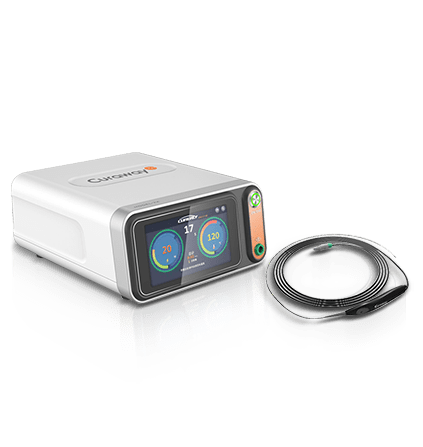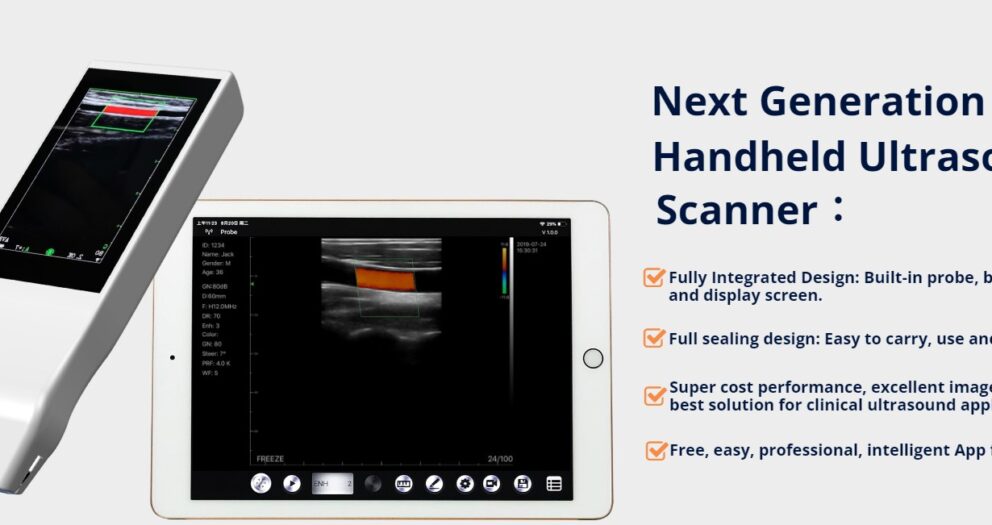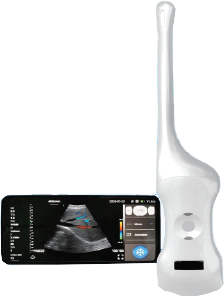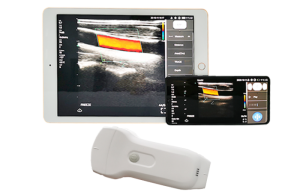Limb compression device helps reduce skin infections in lymphedema patients
Yes, limb compression devices can significantly help reduce the risk of skin infections in lymphedema patients. Here's how:
How Limb Compression Devices Reduce Skin Infections in Lymphedema Patients
- Reduction of Swelling and Fluid Retention
- Lymphedema often leads to fluid buildup in tissues, creating a favorable environment for bacterial growth.
- Compression devices promote lymphatic drainage, reducing fluid retention and minimizing the risk of infections like cellulitis.
- Improved Circulation
- By enhancing blood and lymph flow, these devices improve the delivery of oxygen and nutrients to the skin, promoting healthier skin and tissue integrity.
- Better circulation helps flush out toxins and prevent infections.
- Prevention of Skin Breakdown
- Chronic swelling can stretch the skin, making it more susceptible to cracks, wounds, and infections.
- Regular compression reduces swelling and helps maintain skin elasticity, decreasing the likelihood of entry points for bacteria.
- Minimizing Inflammation
- Lymphedema can cause chronic inflammation, which weakens the immune defense in affected areas.
- Compression devices help reduce inflammation, creating a less hospitable environment for infections.
- Enhanced Wound Healing
- If there are existing wounds or ulcers, improved circulation and lymphatic drainage aid in faster healing, reducing the risk of secondary infections.
- Promotes Skin Hygiene
- Regular use of compression devices encourages patients to clean and care for the skin properly as part of their treatment routine, reducing the risk of bacterial and fungal infections.
Key Note for Lymphedema Patients
While limb compression devices are highly effective, proper use is essential to prevent complications. Lymphedema patients should:- Ensure devices are fitted correctly.
- Follow a skincare routine to keep the skin clean and moisturized.
- Seek medical advice promptly if redness, warmth, or signs of infection occur.

